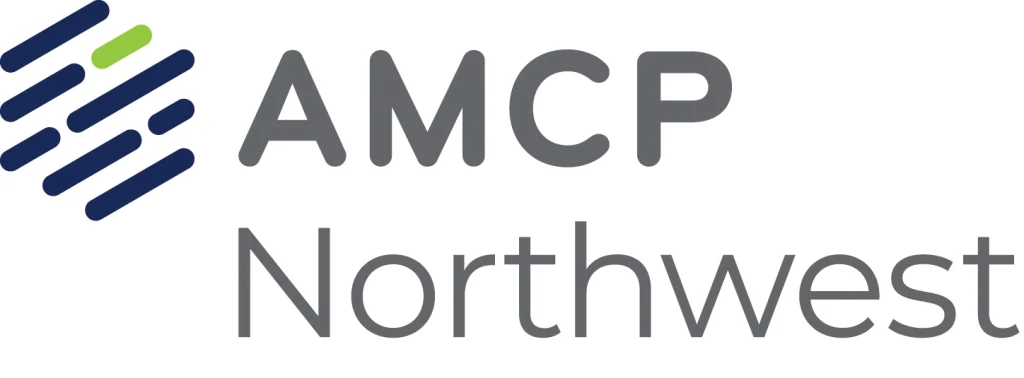Clinical Outcomes
HbA1c has been a mainstay for assessing glycemic management for the better part of 40 years, largely due to its robust correlation with diabetic vascular complications as demonstrated in the Diabetes Control and Complications Trial (DCCT). As CGM becomes more firmly established as standard of care, there is now a growing body of literature showing that TIR also is strongly associated with chronic complications. Dr. Roy W. Beck recently reviewed this evidence in light of a post hoc analysis of the DEVOTE trial by Bergenstal et al. Managed care and payer decision makers will find this expert commentary useful as it concisely summarizes the data demonstrating the validity of TIR as a clinical measure in diabetes care.
Beck RW. The Association of Time in Range and Diabetic Complications: The Evidence Is Strong. Diabetes Technol Ther. 2023;25:375-377. doi: 10.1089/dia.2023.0141.
Learn More
Continuous glucose monitoring (CGM) represents a key intervention for advancing the management of diabetes and enhancing the patient experience. Importantly, pharmacy professionals remain instrumental in CGM access and related patient education efforts. Although diabetes technology has seen increased uptake over the past several years, recent innovation in real-time CGM (rtCGM) highlights an opportunity for increased patient engagement and quality improvement in managed care. During this AMCP Northwest Affiliate CE dinner meeting held on April 13, 2023, experts Nicole Ehrhardt, MD and Carly Rodriguez, PharmD, FAMCP, reviewed evidenced-based recommendations supporting the use of rtCGM in a broader population of insulin-treated patients. A panel discussion featuring regional managed care leaders explored the value of rtCGM in optimizing outcomes and reducing resource utilization among members with diabetes.